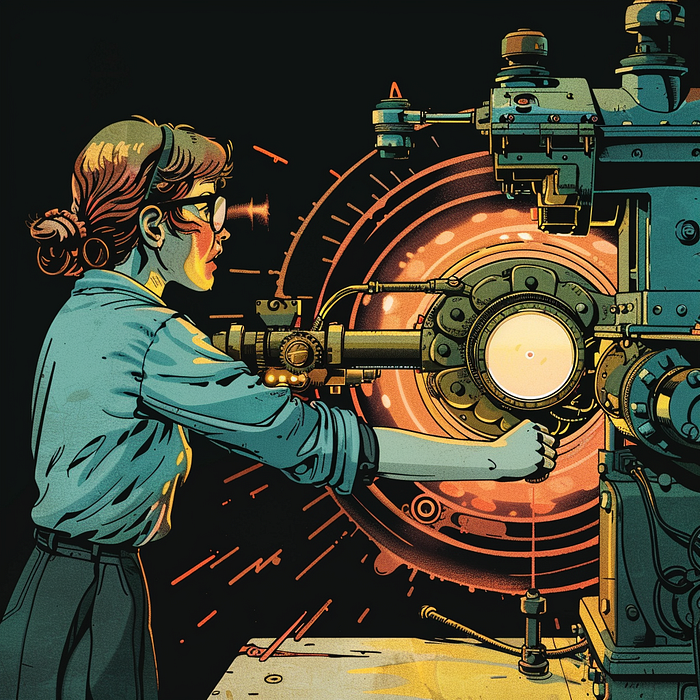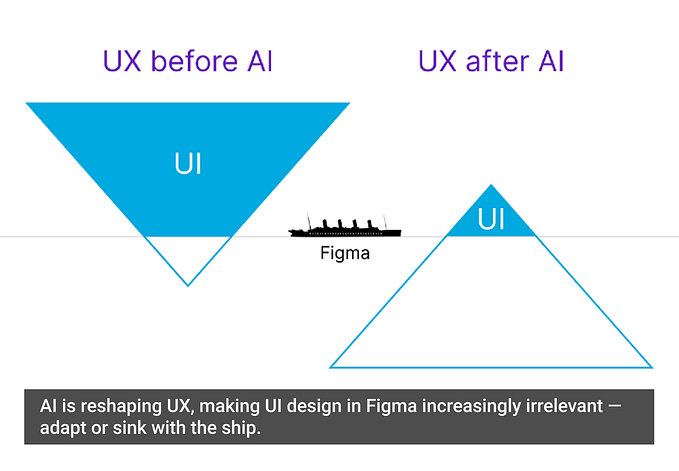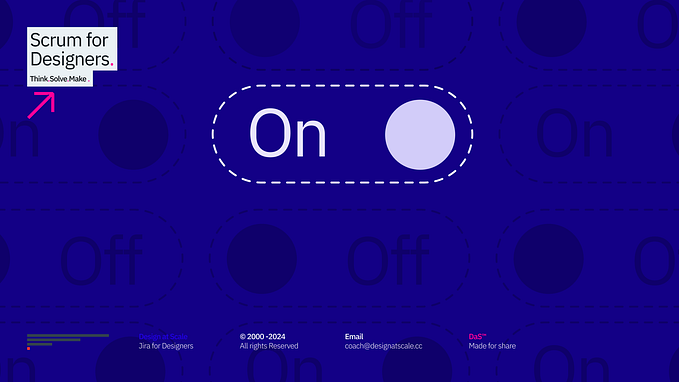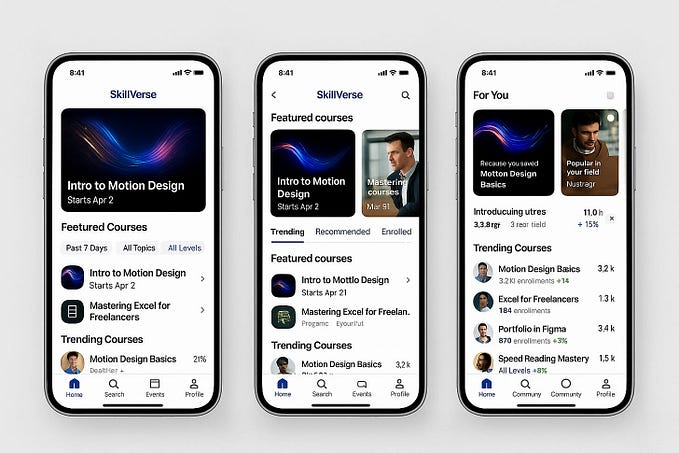Member-only story
Friction: The most essential time management process for designers
How to carve out time to do deep design work among neverending meetings

Ironically, designers often have less time to do deep work as they advance in their careers.
The hours we'd typically spend researching, understanding complex problems, and iterating on design ideas are replaced by endless meetings and product councils, leaving us scrambling to do our work.
If you've found yourself in this situation, where meetings clog up every hour of the day, it may be time to introduce friction into your work process. Doing so isn't just nice-to-have: it can often be a critical step in ensuring that you can deliver high-quality designs.
Friction and why it's necessary as a designer
Friction tends to have a negative stigma, especially in the design world. In many cases, we often hope to design something as intuitive and frictionless as possible.
However, friction often has one critical use in an experience: stopping a user from taking the incorrect action (while guiding them toward the correct action). For example, we might introduce a lot of friction, such as 2-step verification or additional form fields, to prevent users from accidentally creating an administrator account.
This use case of friction is also critical in managing responsibilities and deadlines for a designer. Due to how organizations are set up, it can be hard to directly refuse an Executive or a Project Manager request.
However, accepting everything that comes your way often leads you to be swamped with meetings and have no time to do deep work. So, by introducing friction into this process, we ensure that we slow down the number and nature of requests that others may make of us.
In addition, you're not as likely to antagonize others directly as you might with a direct refusal. Here are a couple of ways to introduce friction into your design process.
Cal Newport and the slow productivity revolution
According to Cal Newport, author of Slow Productivity, being intentional in managing your time and…








